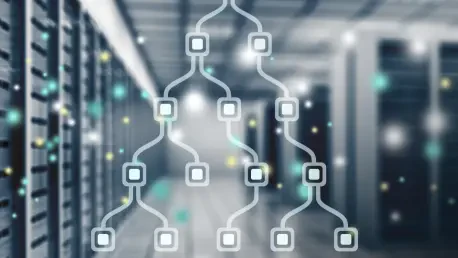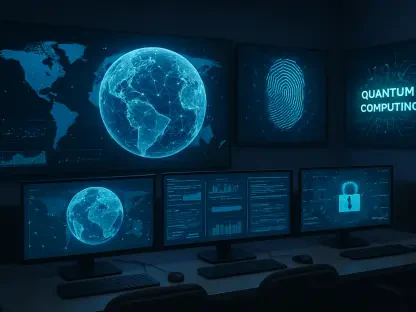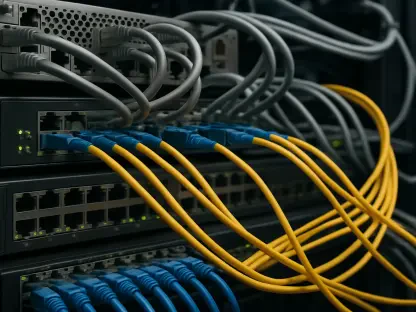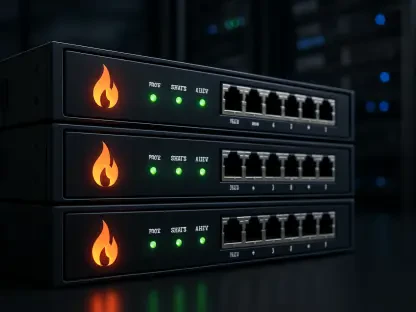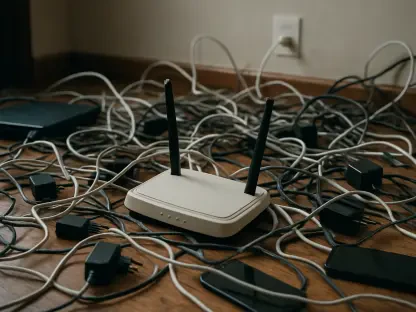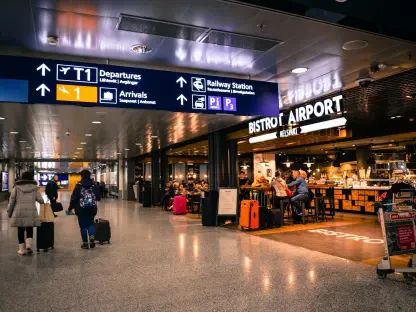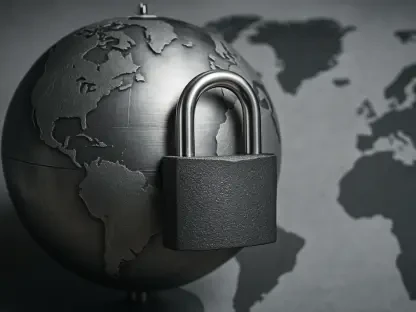Matilda Bailey’s vast experience in network engineering and her focus on emerging technologies make her a sought-after authority in the field. With a nuanced understanding of cellular, wireless, and next-gen solutions, she has honed her skills in problem-solving and triage, often compared to an ER doctor for network infrastructure. In this interview, Matilda shares her insights into managing network issues, pattern recognition, maintaining communication, and the future of network engineering.
Can you explain the importance of triage in network engineering and how it compares to triage in the medical field?
Triage in network engineering is essential because, like in the medical field, not all problems present with the same urgency. In both scenarios, it’s about quickly assessing which issues need immediate attention and which can wait. In medical triage, saving lives is the priority. Similarly, in network engineering, preventing downtime can be critical for business continuity and security. The key lies in efficient problem assessment and understanding the potential impact of each issue.
What strategies do you use to assess the impact of a network problem?
First, I gather as much context as possible about the issue—identifying who and what systems are affected. Is it a widespread issue or localized? I consider any recent changes in the network environment that might have triggered the problem. Contextual understanding helps in pinpointing whether it’s an isolated glitch or a systemic failure, guiding the direction of my response.
Can you walk us through the process of isolating a network issue?
Isolation is about filtering out the noise to find the signal. I start by checking common issues like misconfigured VLANs or incorrect port settings. Documenting every step is crucial to create a clear trail, especially if escalation is necessary. This documentation helps in tracking what has been tested and eliminates unnecessary steps for whoever takes over next.
How do you recognize patterns in network problems, and why is it important?
Recognizing patterns is vital because repeated issues can indicate underlying systemic problems that need addressing. Over time, you get familiar with certain recurring issues—like similar complaints from multiple departments, which suggests a deeper, common cause. Monitoring tools are invaluable for checking stats and logs, allowing us to look beyond single incidents and find the root causes efficiently.
What are some effective communication techniques to manage expectations during triage?
Clear and timely communication is imperative. It can prevent unnecessary escalations by keeping everyone informed. Acknowledging the issue and providing a rough ETA reassure users that their problem is being addressed. Silence can lead to frustration, so maintaining a dialogue ensures that everyone knows the status and trusts the process.
How do you differentiate between a real network outage and a minor issue?
Experience plays a crucial role here. Often, the distinction lies in determining the scale of the impact—what systems or how many users are affected. For example, a reported “network down” due to a single user’s cable issue is noise, not a true outage. Over time, these distinctions become more intuitive, helping to prioritize effectively.
In what ways does triage help maintain network stability?
Triage acts as the stabilizing force by keeping chaos at bay. By prioritizing issues effectively, we ensure critical problems are dealt with promptly, preventing them from escalating to full-blown outages. Keeping track of unresolved problems and urgent fixes creates a structured approach to maintaining network health.
How do you manage stress and maintain composure during critical network incidents?
The ability to stay calm under pressure is developed with experience. Techniques like deep breathing, breaking down problems into manageable parts, and focusing on the most critical elements first keep stress levels down. This composed mindset not only aids in efficient problem-solving but also sets the tone for the team, fostering a collective calmness.
Could you share insights on how your background in computer engineering influences your approach to network engineering and triage?
A background in computer engineering provides a strong foundation in understanding complex systems and how different components interact. This knowledge aids in diagnosing network problems and implementing effective solutions. My experience across various technological domains equips me with diverse protocols and systems perspectives, refining my triage skills and enhancing my strategic approach.
What innovations or emerging technologies do you believe will impact the future of network engineering, particularly in triage and problem-solving?
Emerging technologies like AI and machine learning hold tremendous promise in automating triage processes by predicting issues before they arise. Next-generation networking, such as 5G and beyond, will offer higher speeds and more reliable connectivity, but also require new triage strategies. My advice to new engineers is to stay curious and adaptable, embrace technological changes, and leverage these tools to enhance their triage processes.
